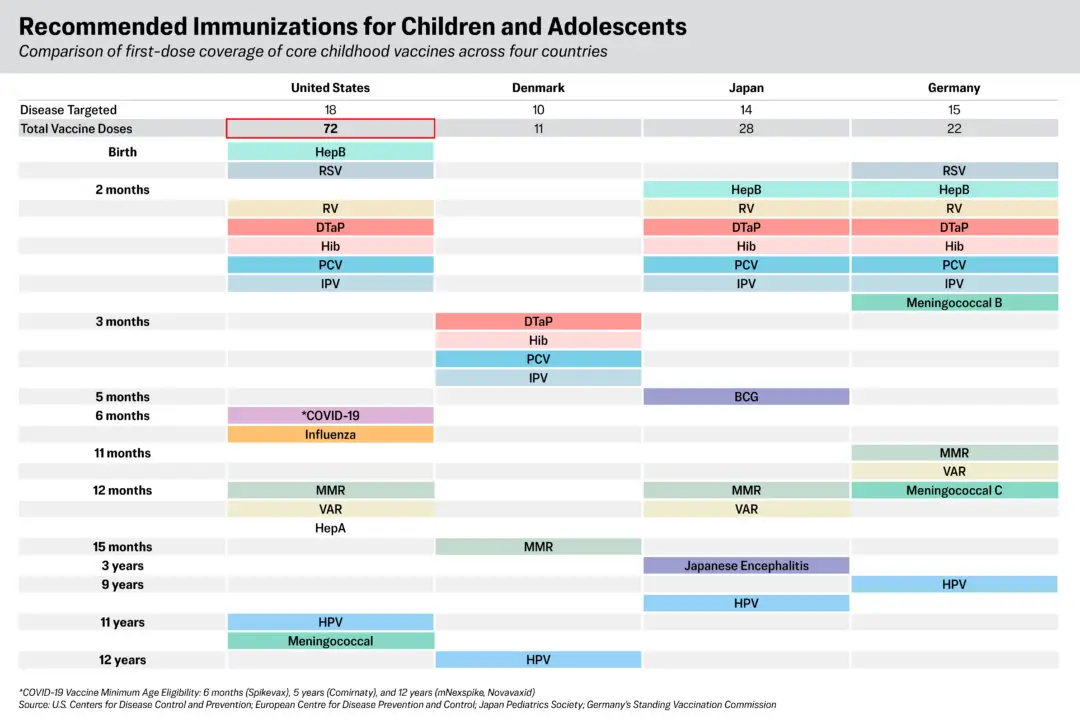The last supermoon of 2014 is set to rise on Tuesday, September 9.
It will be the fifth supermoon of this year.
The term “super moon” describes a moon that is closer to Earth than usual.
Because of how close the supermoon is, it can appear as much as 14 percent larger in the sky and 30 percent brighter to our eyes than normal moons, according to NASA.
The term came from astrologer Richard Nolle over 30 years ago, and is only now coming into popular usage, according to EarthSky. Nolle said a supermoon is “a new or full moon which occurs with the moon at or near (within 90 percent of) its closest approach to Earth in a given orbit.”
NASA notes that the scientific term for the phenomenon is “perigee moon.”
“Full Moons vary in size because of the oval shape of the Moon’s orbit. The Moon follows an elliptical path around Earth with one side (perigee) about 50,000 kilometers closer than the other (apogee). Full Moons that occur on the perigee side of the Moon’s orbit seem extra big and bright,” it said in a recent blog post.
“This coincidence happens three times in 2014. On July 12th and Sept 9th the Moon becomes full on the same day as perigee. On August 10th it becomes full during the same hour as perigee—arguably making it an extra-super Moon.”

The approximate size of the Full Moon at apogee and at perigee (a “Super Moon”). (Harvard-Smithsonian Center for Astrophysics).






